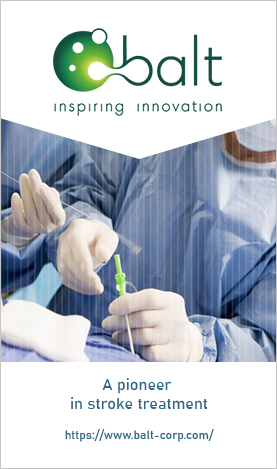Case Report: Successful Staged Embolization of a Direct Carotid-Cavernous Fistula Using Combined Coil and Liquid Embolic Technique
DOI:
https://doi.org/10.32896/cvns.v7n1.19-27Keywords:
Neurointerventional surgery, digital subtraction, endovascular, EmbolizationAbstract
Carotid-cavernous fistulae (CCFs) is the common complication following head trauma, accounting 75% for all CCFs. They can manifest as proptosis, ocular bruit, and chemosis known as classical triad, even though other symptoms may developed depend on involvement of vascular and neural structure in the cavernous sinus. Digital Subtraction Angiography (DSA) is the gold standard for detecting CCFs. CCFs used to routinely treat with open surgical procedures such as carotid ligation or trapping and cavernous sinus exploration. Other options for treatment including conservative management and radiosurgery. In the recent years endovascular treatment (EVT) has become the main choice for managing CCFs. Both trans arterial and trans venous embolization using various embolic agents has been widely used, with the main purpose complete occlusion of CCF while maintaining main carotid artery flow. This report details the successful management of a right direct carotid-cavernous fistula (CCF) in a 47-year-old male following a motor vehicle accident. A staged embolization approach, combining trans venous and trans arterial techniques, effectively reduced the residual fistula with no immediate complications. This case highlights the complexities of treating post-traumatic CCFs and the importance of tailored endovascular strategies.
Published
How to Cite
Issue
Section
License

This work is licensed under a Creative Commons Attribution-ShareAlike 4.0 International License.






